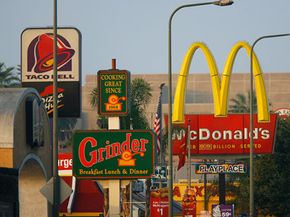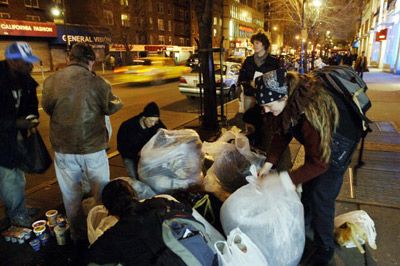Think fast: How close do you live to your local grocery store? Most of us don't know. As long as it's close to home, it's not a problem. But when you don't have a local grocery store, or you have one but it's too far away to get to without transportation, figuring out how you'll buy your groceries becomes a big problem.
For the past decade, Americans have driven an average of 6 miles (9 kilometers) between home and their closest grocery store. For rural Americans, especially those in the South, the trip can be much longer -- for example, in the food landscape of the Lower Mississippi Delta, you'll likely find one supermarket serving a 190.5-square-mile (493-square-kilometer) area. There, residents could expect to drive 30 miles (48 kilometers) or more from home to store [source: Hinrichs]. This phenomenon is called a food desert.
Advertisement
The term dates back at least a decade when it was used to describe how urban supermarkets in the United Kingdom were receding into the suburbs. But since the imbalance of food choices isn't limited to one region of the world, the expression is now used to describe the occurrence around the globe, including areas of North America, Latin America, Asia and Australia.
Defining a food desert isn't an absolute science -- factors such as location, race, socioeconomics and access to transportation are all part of the equation. Food deserts are large geographic areas where mainstream grocery stores are scarce or missing. They are found predominantly in low-income areas, although not everyone living in a food desert is poor. They can be in urban, suburban or rural communities. But where the definition gets fuzzy is in the details. For example, how far is too far to travel to shop for healthy foods? The answer to that depends on each community's makeup: Do people have access to public transportation? Do they rely on cars? Do they have to walk? Ten miles may be too far, or just one mile -- it's specific to the neighborhood.
Food deserts aren't mere inconveniences to the people who live within one; they're an example of food insecurity and they negatively affect public health. Let's look more deeply at these problems, as well as the proposed ways of getting fresh foods into underserved communities.
Advertisement


